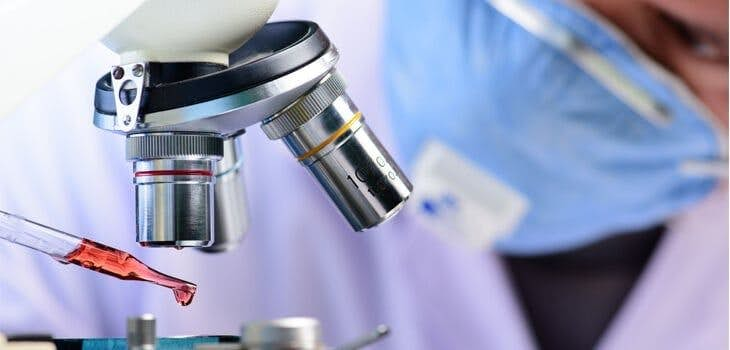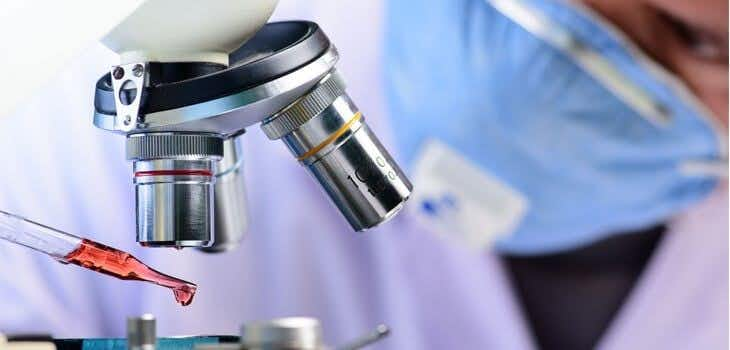Forensic Pathology is a sub-specialty of pathology that investigates and certifies death, depending on the jurisdiction. Some states have medical examiner systems in which a forensic pathologist certifies the death. Whereas other states have elected coroners that usually are non-physicians. The forensic pathologist will have been trained in Anatomic/Clinical Pathology before pursuing further training in forensic pathology. As an expert witness in medical cases the forensic pathologist can be helpful in different aspects of a case.
Cause of Death
Simply stated, the cause of death is why a person has died. An example would be: Acute Myocardial infarction, and yet another example would be a stab wound to the chest. Unfortunately, such a simple concept is not well understood by a large proportion of certifiers (primary care physicians, emergency room physicians). Hence it is not uncommon to encounter death certificate signed as: cardiac arrest or respiratory arrest. These examples are not causes of death, but mechanistic terminal events that at the end of our days all of us are going to have. Some of the consequences of certifying deaths in this manner is that stakeholders trying to interpret the death certificate may get confused and come to the conclusion that the patient died of a “heart attack”. When the actual chain of medical events that led to death have little or nothing to do with a cardiac death.
Starting with a comprehensive review of the medical records, including progress notes, procedure notes, nursing notes and discharge summary, a forensic pathologist can ascertain the most likely cause of death in the cases described above.
Mechanism of Death
The mechanism of death is the physiological derangement due to the cause that results in the death. For example, hemorrhage in the case of a stab wound. Another example would be bleeding in the abdominal cavity that arose from ruptured esophageal varices. In both cases, the bleeding is the mechanism of death. In the latter instance, the chain of medical events started with liver cirrhosis induced by hepatitis C. That in turn induced increased pressure in the vessels of the liver, which caused the veins of the esophagus to dilate, rupture and bleed.
The importance of the mechanism and the underlying cause or causes of death cannot be overstated. It is often a concept that tends to confuse a lot of the stakeholders in a case.
Chain of Events
There are several issues that come into play when one looks for an explanation of death. Most importantly, what was the initial event that created this cascade of medical issues? What were the consequences of those events? Did the patient’s co-morbidities play a role? The answer to those questions could be found with the assistance of a well-trained forensic pathologist. They can, after reviewing the medical records, offer insight and put the pieces of the puzzle together.
If an autopsy was performed at the hospital level, we can offer an interpretation for the attorneys as to what each finding means in the context of the case. An example would be a patient dying of sepsis (systemic infection). Some of the questions that need to be elucidated are, among others, where did the infection originate from? What organs are involved? Is there an underlying condition that contributed to the development of such an event?
Testimony
By virtue of our typical job as forensic pathologists, we are in a unique position to testify regularly on criminal and civil cases. Such experience provides an edge when the time for deposition or trial comes; since we are acclimated to the legal process, rules of the court and cross-examination.
Conscious Pain and Suffering
A frequent question asked in civil procedures is “how much did this patient suffer?” It may be difficult to answer, but with knowledge of the cause of death and the mechanism of death, as well as documentation of the scene or the circumstances surrounding the death, it may be possible to answer. There are multiple instances in which death does not happen instantaneously and physiological terminal events could be estimated.
An example that the author is personally familiar with: a twenty-five-year-old male was run over by a semi-truck. He sustained multiple rib fractures, lacerations of the lungs, and a laceration of the aorta. He died as a result of extensive bleeding into the thoracic cavity; however that is a case whereby death occurs rapidly, but not instantaneously, as it takes time to bleed out. Taking into account the injuries, video of the scene, and statements from first responders, it was determined that he was conscious for at least 2 minutes and 30 seconds. The autopsy report will yield information on the injury or combination of injuries that caused death. Then the expert can ascertain how long it will take the patient to die or to lose consciousness.
Other questions that a forensic pathologist can help answer in a scenario like the one above include, “If the patient is conscious for a period of time, are the external or internal injuries painful?” Or “Do these injuries create a sense of impending doom?” Both of these issues and many others can help to shape a case and damages requests.
A forensic pathologist can offer insight as well as perspective to a medical case and is able to explain the genesis of the illness or illnesses. This is the sequence that followed and how the medical events lead to death. As such, sometimes a review by a forensic pathologist may lead to a different conclusion than the litigant expected. However, that is also helpful because that will make that attorney aware of prospective limitations to his or her case.
For attorneys looking for that kind of expertise, it is important to retain a forensic pathologist with experience in different kinds of cases ranging from natural deaths to accidents to homicides. It is also vital to locate a candidate with ample experience in trial testimony, because one of the most important aspects is to explain in plain English to jurors how, when and why the patient got into a situation that led to medical misadventure, injury, and death.




